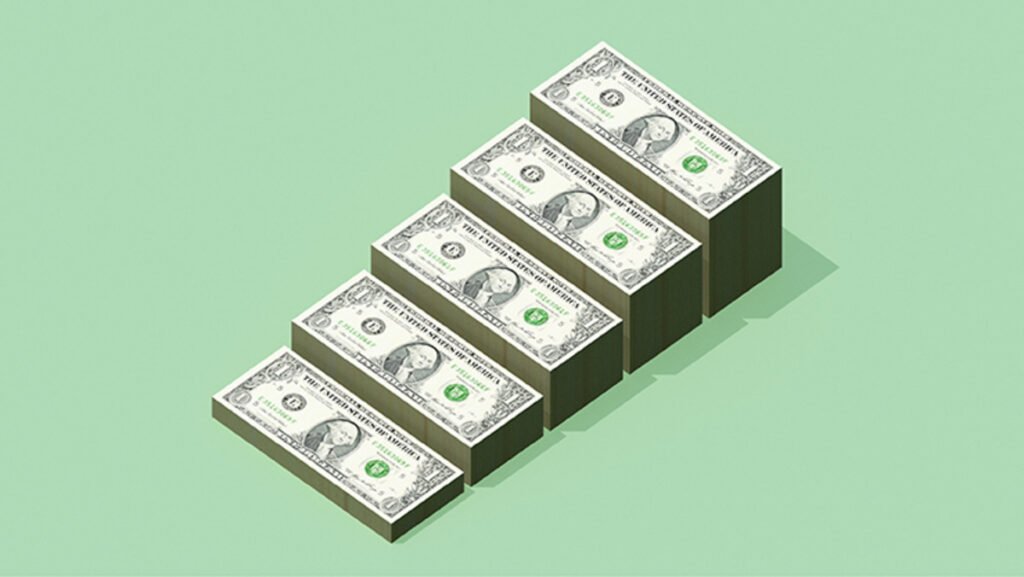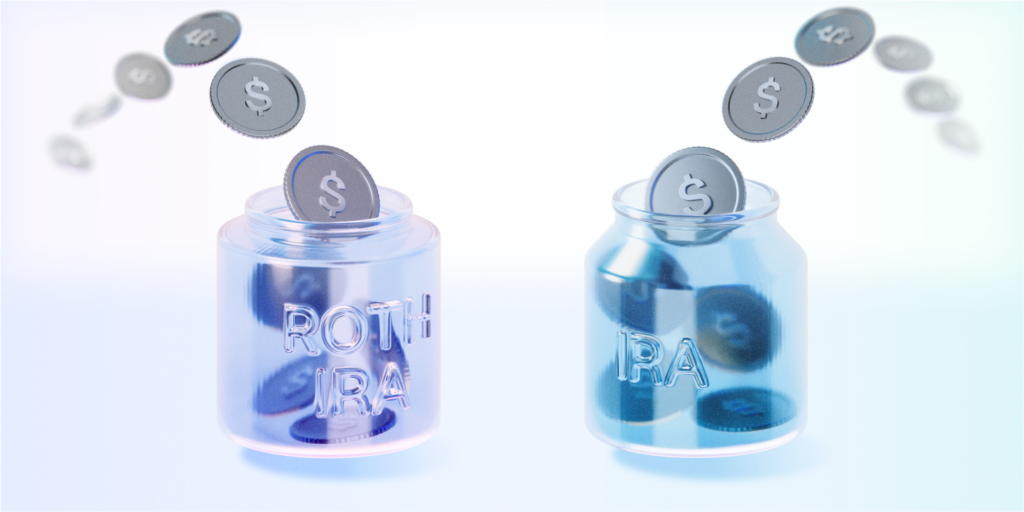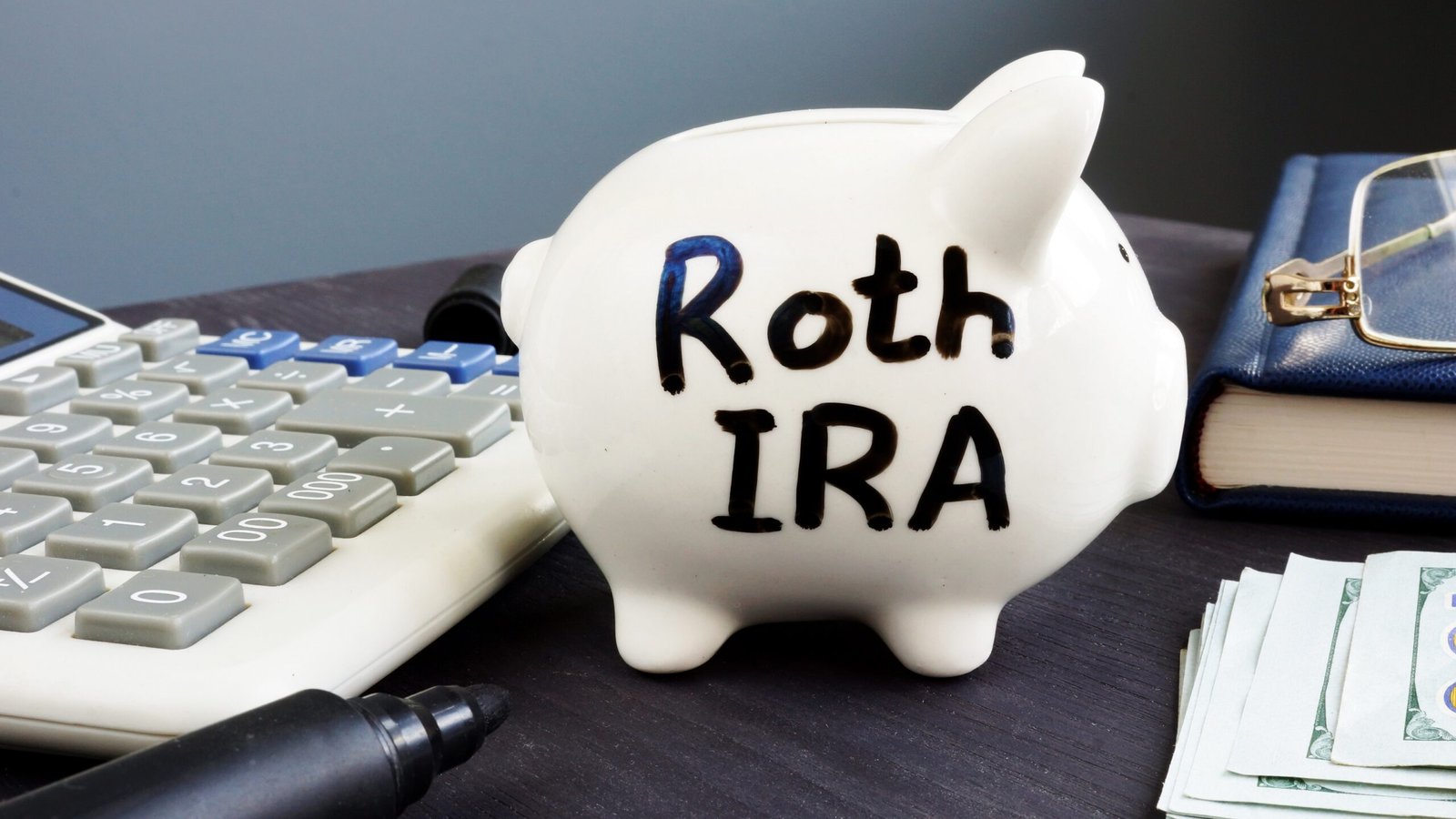
Building a Tax-Efficient and Flexible Retirement Strategy
Retirement planning often feels like a balancing act between guaranteed income and growth potential. Two powerful tools—the Roth IRA and employer-sponsored pensions—offer distinct advantages, but combining them can create a robust, tax-diversified retirement strategy. In this article, we explore why leveraging both a Roth IRA and a pension could unlock financial security, flexibility, and long-term wealth preservation.
Understanding Roth IRAs and Pensions: Core Differences
What Is a Pension?
A pension, or defined benefit plan, provides guaranteed income in retirement based on factors like salary history and years of service. Employers typically fund and manage pensions, offering retirees predictable monthly payments. However, pensions are increasingly rare in the private sector, with only 15% of private-sector workers covered by them today .
Key Features of Pensions:
- Guaranteed Income: Payments continue for life, reducing longevity risk.
- Employer-Funded: Employees contribute little or nothing.
- Tax-Deferred Growth: Contributions are pre-tax, but withdrawals are taxed as ordinary income.
What Is a Roth IRA?
A Roth IRA is an individual retirement account funded with after-tax dollars. Unlike pensions, Roth IRAs offer no upfront tax deduction, but withdrawals in retirement are tax-free, including earnings, provided rules are followed .
Key Features of Roth IRAs:
- Tax-Free Growth: No taxes on withdrawals after age 59½ (with a 5-year holding period).
- No Required Minimum Distributions (RMDs): Funds can grow indefinitely during the owner’s lifetime .
- Flexibility: Contributions (not earnings) can be withdrawn penalty-free at any time .

Why Combining a Pension and Roth IRA Makes Sense
1. Tax Diversification: Hedge Against Future Rate Changes
Pensions provide stable income but are fully taxable, which could push retirees into higher tax brackets. Roth IRAs, however, offer tax-free withdrawals, allowing you to manage taxable income strategically. For example:
- Use pension payments to cover baseline expenses.
- Withdraw Roth funds for large purchases (e.g., vacations, medical bills) without increasing taxable income .
2. Mitigate Longevity Risk with Dual Income Streams
Pensions ensure lifelong income, but inflation can erode their value over time. Roth IRAs invested in growth assets (e.g., stocks) can outpace inflation, providing a supplemental buffer. A 2024 Fidelity study projected that a $7,000 Roth contribution growing at 7% annually could reach $64,400 in 35 years .
3. Estate Planning Advantages
Pensions often cease upon the retiree’s death or offer limited spousal benefits. Roth IRAs, however, can be inherited tax-free by beneficiaries, who can stretch withdrawals over their lifetimes. This makes Roth IRAs a powerful tool for legacy building .
Example: A grandparent contributing to a Roth IRA for a grandchild could generate $1.3 million in tax-free withdrawals over 75 years, assuming historical stock returns .
4. Avoid RMD Pressures
Traditional pensions and IRAs require RMDs starting at age 73 (rising to 75 by 2033), forcing taxable withdrawals. Roth IRAs have no RMDs, allowing funds to compound tax-free indefinitely. This is particularly valuable for retirees who don’t need immediate access to all savings .
5. Adapt to Changing Tax Brackets
If you expect higher taxes in retirement (e.g., due to pension income or tax law changes), Roth IRAs lock in today’s rates. Conversely, pensions suit those anticipating lower brackets. A mix of both provides flexibility:
- High-Income Retirees: Use Roth withdrawals to avoid crossing into higher tax tiers.
- Middle-Income Retirees: Supplement pension income tax-efficiently .

Maximizing the Benefits: Practical Strategies
Prioritize Employer Matches First
If your employer offers a 401(k) match, contribute enough to secure the full match before funding a Roth IRA. This “free money” outperforms most investment returns .
Leverage the Saver’s Credit
Low- to moderate-income earners (under $38,250 for singles in 2024) can claim a tax credit of 10–50% on Roth IRA contributions, amplifying savings .
Consider a Backdoor Roth IRA for High Earners
If pension income or other earnings exceed Roth IRA limits ($161,000 for singles in 2024), use a backdoor Roth IRA: contribute to a traditional IRA and convert it tax-free .
Balance Risk with Asset Allocation
- Pensions: Low-risk, fixed income.
- Roth IRAs: Invest in equities or growth funds for long-term appreciation.
Case Study: A Dual-Income Retirement
Scenario: A teacher with a pension ($40,000/year) and a Roth IRA ($300,000 balance).
- Tax Management: Pension income fills the 12% tax bracket. Roth withdrawals cover additional $20,000/year tax-free.
- Estate Planning: Roth IRA passes to heirs tax-free, while pension benefits cease at death.

